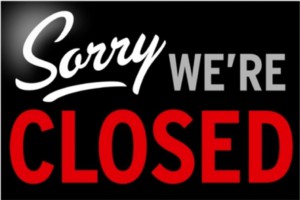The initial euphoria and blind belief in the value of 311 Centers has finally worn off.
The economy, better metrics, technology and Citizen feedback have contributed to the conclusion that many 311 Centers are not cost effective in their current form. The difficulties of creating an instant group of “experts” in all aspects of Local/County Governments have really surfaced. The result is a steady reduction in dedicated Agents, and a steady increase in technology deployment, especially involving mobile platforms that people very often prefer to use, over direct calls. 
The prohibitive costs of creating and maintaining an up-to-date local “Knowledge Base” have lead to a realization that the very people that 311 Call Centers were built to bypass, the departmental subject matter experts, are the ones best positioned to respond to Public requests, complaints and suggestions after all.
Try “Public Service Request” for 3 months and see what can be achieved at a small fraction of the costs the larger entities say they can afford.
311 services began in the 1980s as a way to reduce the number of nonemergency 911 calls. Today, more than 300 cities have a 311 call system. But call centers aren’t cheap. It costs an average of $3.40 to answer a call, with some cities paying as much as $4 or $5 per call, according to the Pew Charitable Trusts. At the height of the recession, some fiscally stressed cities — including New Orleans and Detroit — decided the costs were too high and shut down their 311 call centers.
But advances in call center technology, known as “customer relationship management software,” have created new options for contacting city hall while also automating how requests are handled. Sophisticated scripts do a better job of capturing relevant information, and routing software makes sure the request goes to the right department and then electronically follows it until the job is completed


